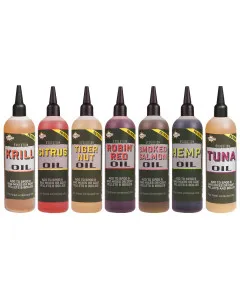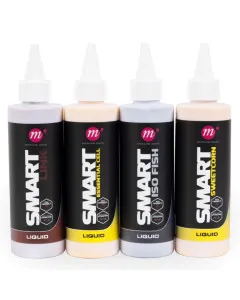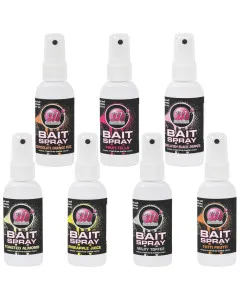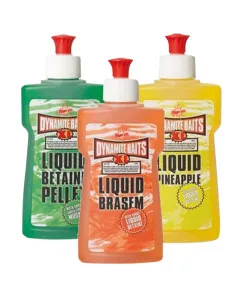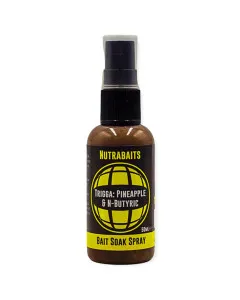Are Maggots a Good Bait for Winter?
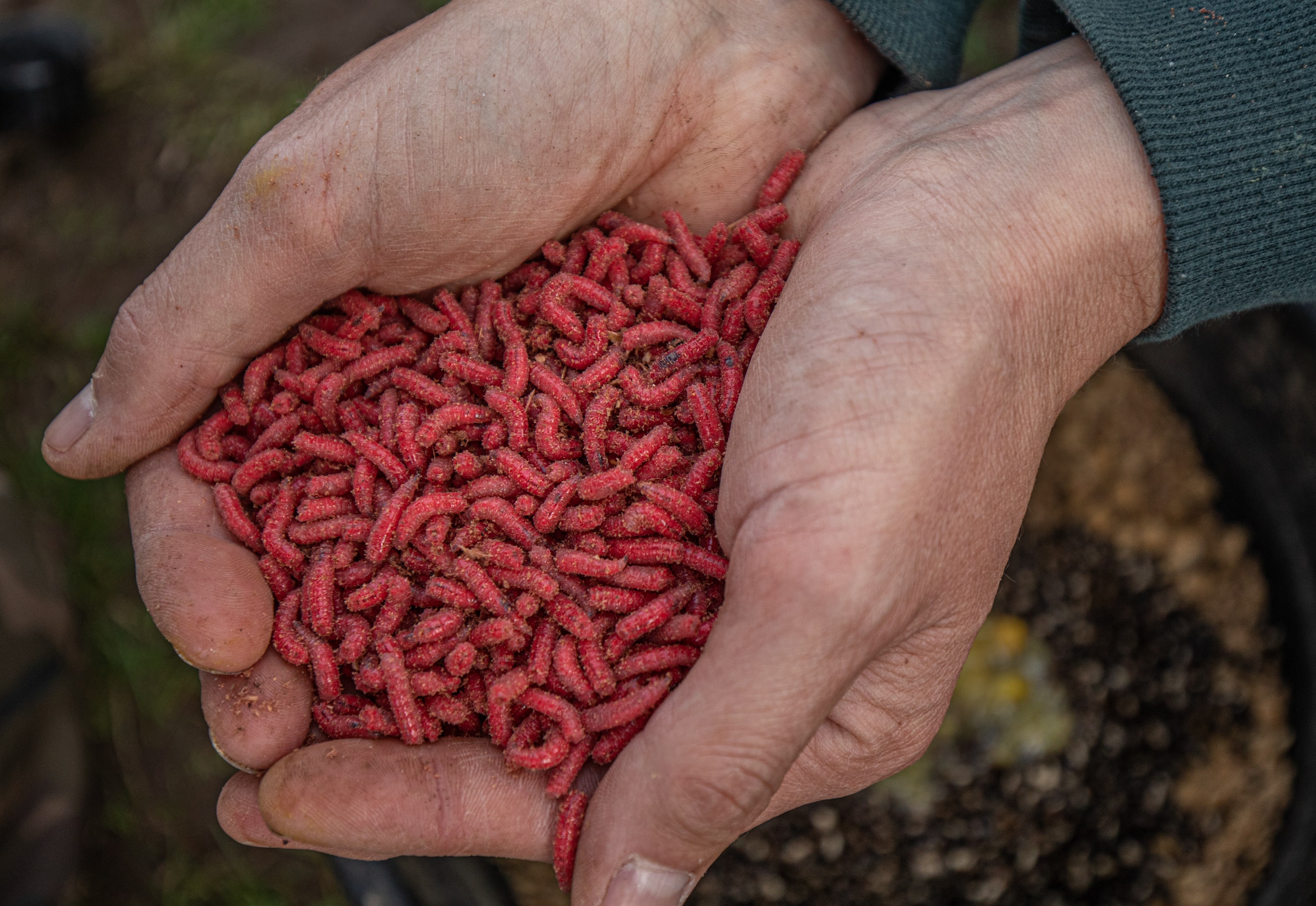
Winter carp fishing in the UK presents a unique blend of challenges and opportunities for anglers. Unlike the more favourable conditions of warmer seasons, winter demands greater skill and patience due to the cold weather and the carp's slower metabolism.
The fish tend to be less active and feed less aggressively, making them harder to catch. However, this also offers an opportunity for a more rewarding experience, as winter carp are often larger and in prime condition. A key tactic in this season is the use of maggots as winter fishing bait.
What are fishing maggots?
Fishing maggots are the larvae of flies, commonly bred and used as bait in angling due to their high protein content and lively movement, which effectively attract fish.
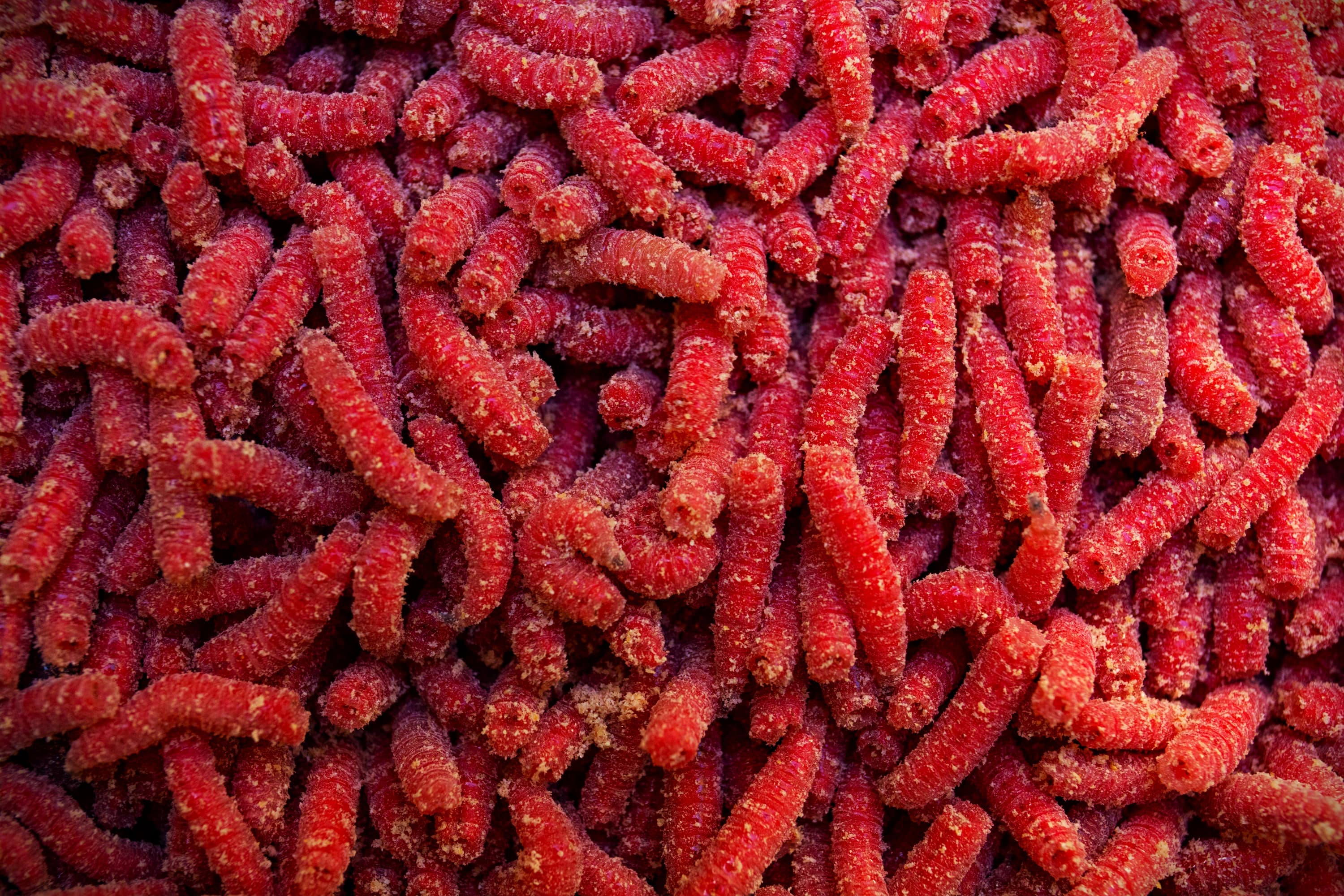

They are known for their ability to entice a wide range of freshwater fish, including carp, trout, and perch, making them a popular choice among anglers for their versatility and effectiveness.
Are maggots good in winter?
Maggots are considered one of the best winter fishing baits. Carp tend to be less active during the colder months, making fishing maggots for carp an excellent choice of bait. Their natural appeal and enticing wriggle make them irresistible to carp, even those that are typically less inclined to feed.
Maggots naturally appeal to carp due to their high protein content and lively movement, making them irresistible and effective bait, especially in the colder months. Their dynamic wriggling action can entice even the less active carp, prompting them to feed when they might otherwise ignore more static baits.
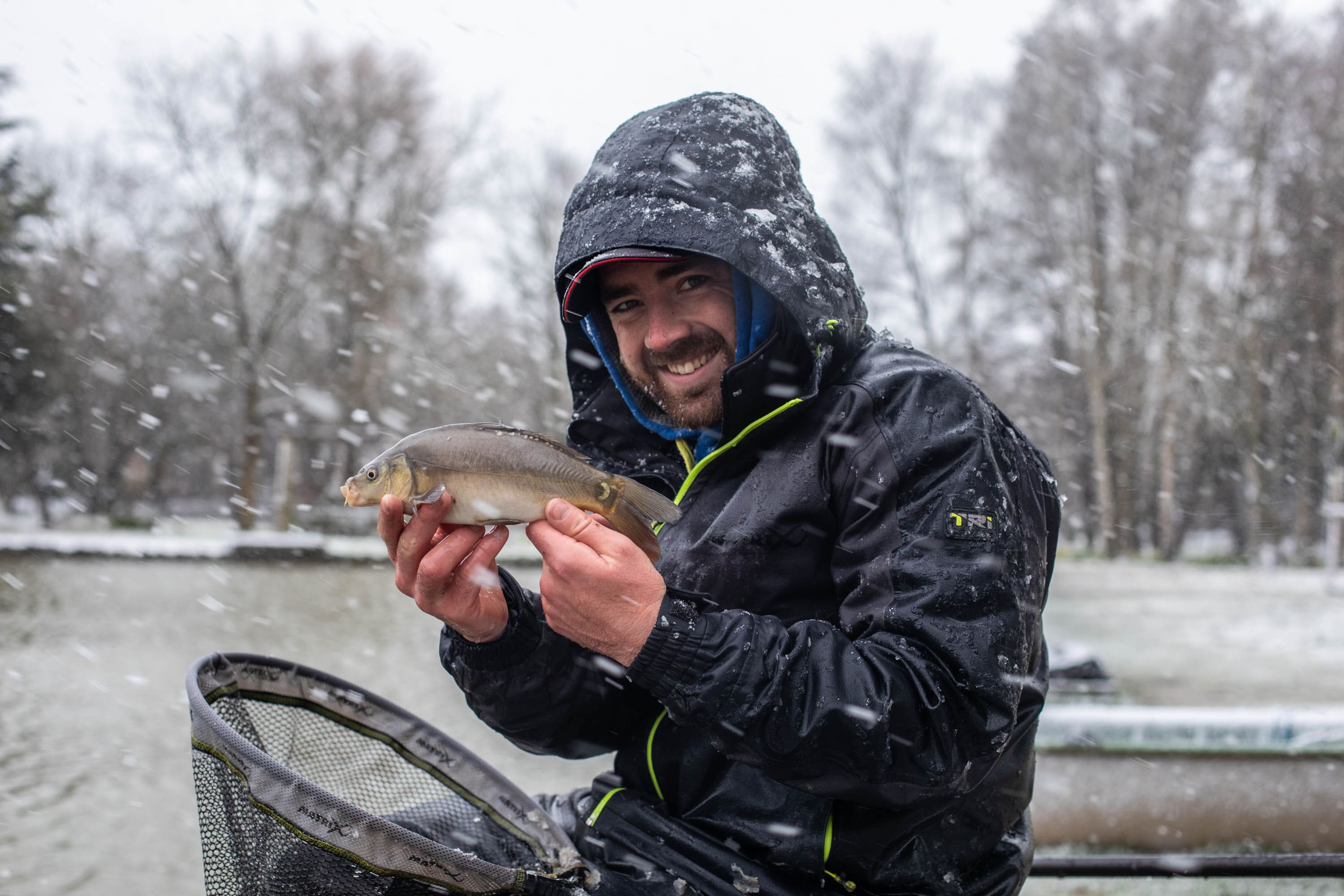

Slowly feeding maggots fish bait in rivers can attract silverfish, chub, and barbel, as they don't become as satiated as they would with pellets or boilies.
In specimen carp fishing, maggots truly shine, offering bites even on days when lakes are partially frozen. Their natural attraction and enticing wriggle prove irresistible, even to fish that might be less inclined to feed.
Preparing Your Maggots for Winter Fishing
To make the most of your maggots during winter, proper care is essential. After acquiring your batch of maggots from your local Angling Direct, invest in a riddle and bait bucket to sieve and maintain their condition.
Proper Maggot Care
Maintaining maggots in good condition is crucial for successful fishing. Fresh, lively maggots are more effective at attracting fish, while poorly kept maggots can lose their appeal and even develop an off-putting odour.
To ensure their freshness, it's essential to use a riddle and a bait bucket. The riddle allows for easy separation of the maggots from sawdust or maize meal, keeping them clean and active.
Regular sieving is also important to prevent sweating and the buildup of ammonia, which can lead to a foul smell.
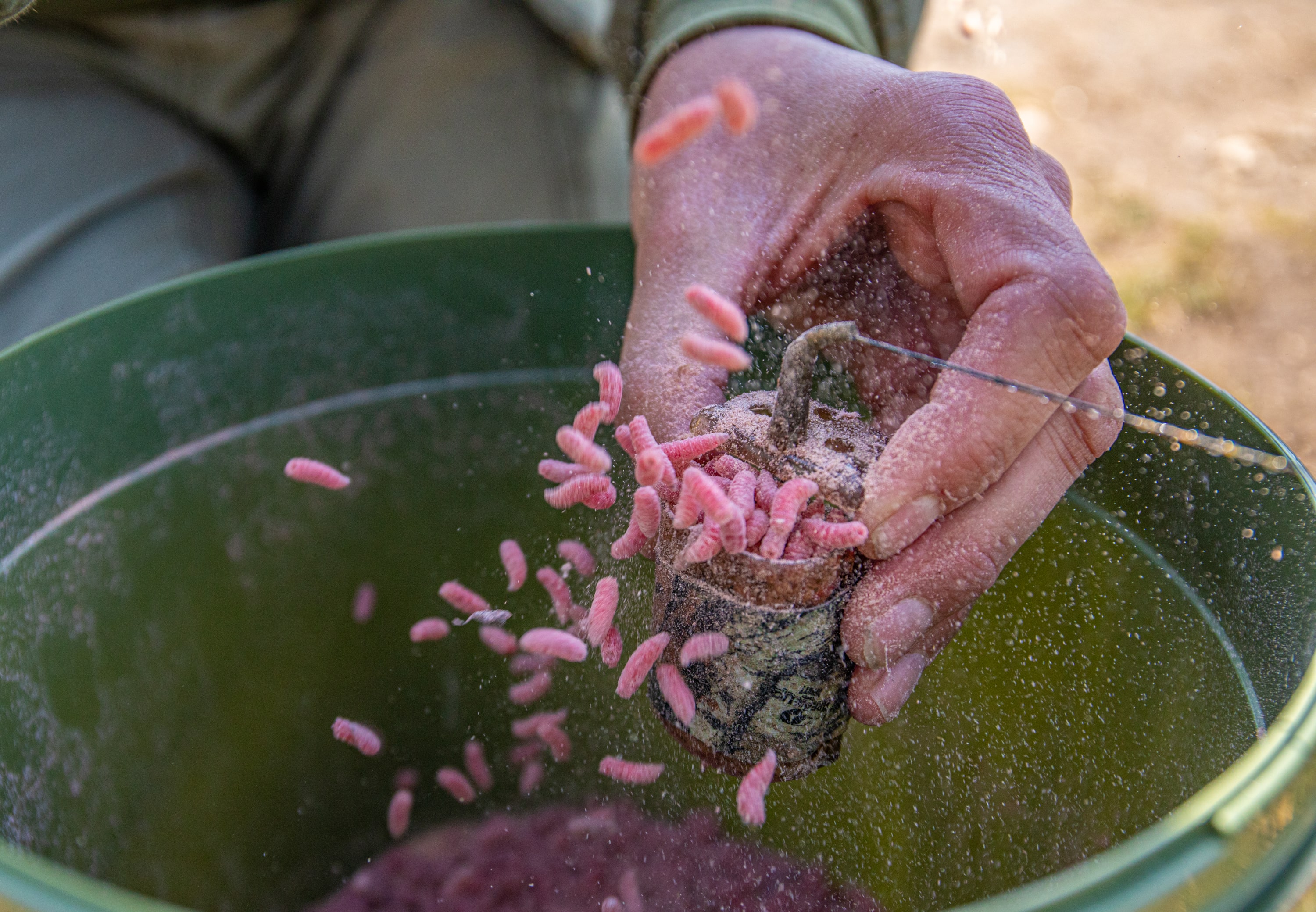

Sieving the maggots reduces sweating, which can emit a scent that repels carp. Any maggots that don't pass through the sieve within 15 minutes can be set aside or discarded (dying or dead maggots can still be useful).
By sieving, you remove dead maggots and waste, ensuring that the remaining bait remains attractive to fish. Proper care of maggots not only improves your fishing experience but also helps in maintaining a more sustainable and efficient use of bait.
Utilising Dead Maggots
Dead maggots can be an unexpectedly effective bait in certain fishing scenarios. While live maggots are known for their movement, dead maggots have their unique advantages.
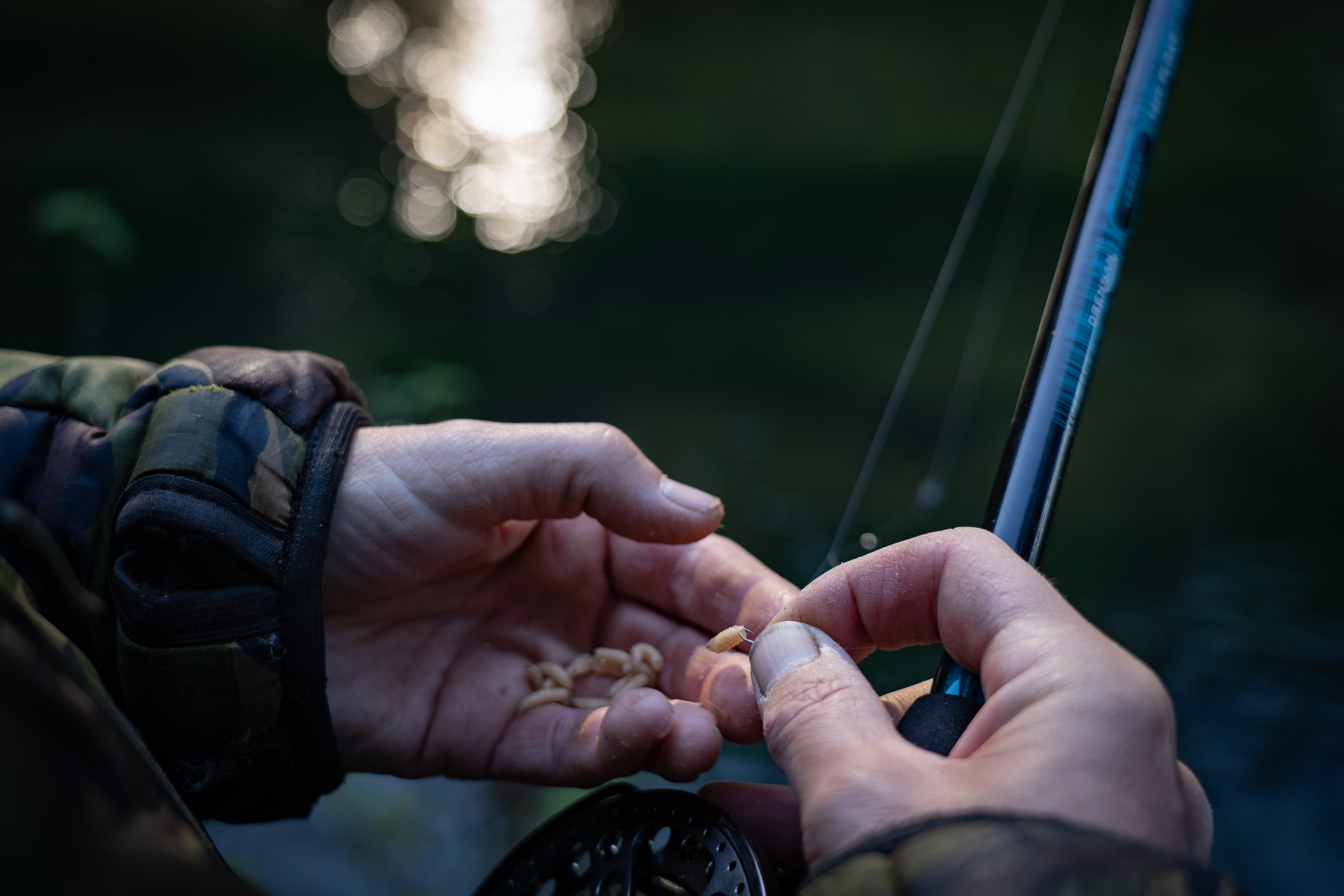

- Ideal for creating a carpet of feed on the waterbed
- A perfect hook bait - they can't wriggle away
- Useful when targeting bottom-feeding fish
- Good in situations where less active bait is desirable
- Ideal for colder water temperatures
- Perfect for overfished areas where fish are wary of live bait
Preparing dead maggots is simple and can be done in two main ways: by pouring boiling water over them or by freezing them. Alternatively, freezing maggots is an effective fishing maggots storage for extended periods while still maintaining their effectiveness.
Enhancing Maggot Attractiveness
Maggots have gained increasing popularity as a prime bait choice for winter fishing. In the colder months, when fish are less active and more selective about their food, using maggots can significantly improve your catch rate. However, with many anglers turning to this effective bait, it becomes essential to give your maggots an extra edge to stand out.
One effective method is the use of flavours and additives. Infusing maggots with natural attractants like hemp oil or specialized bait powders can greatly enhance their appeal. Another effective booster is adding krill meal, turmeric powder, or other powder-based groundbait to your maggots. These flavours not only increase the scent trail in the water but also can stimulate the fish's appetite, making your bait more irresistible.
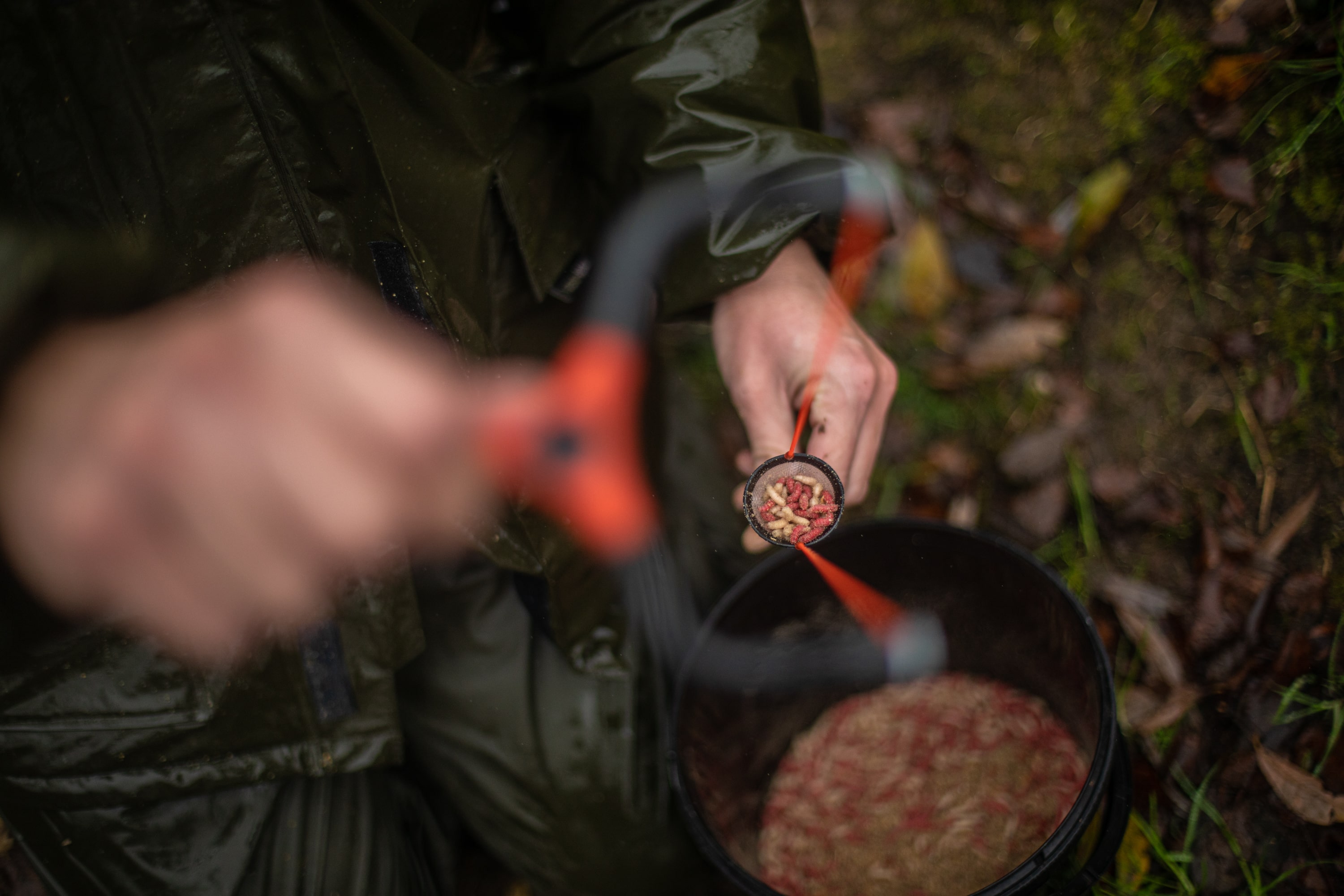

Experiment with bait sprays or pouring liquid attractants on your maggots overnight. This allows the maggots to absorb and retain flavours, making them an irresistible carp fishing bait.
By enhancing the attractiveness of your maggots, you can gain a significant advantage, especially in competitive or challenging fishing conditions. This simple yet effective strategy can be the difference between a good fishing day and a great one.
Selecting the Right Maggot Colour
The choice of maggot colour can significantly impact your fishing success, as different colours can be more effective under varying conditions and for different fish species.
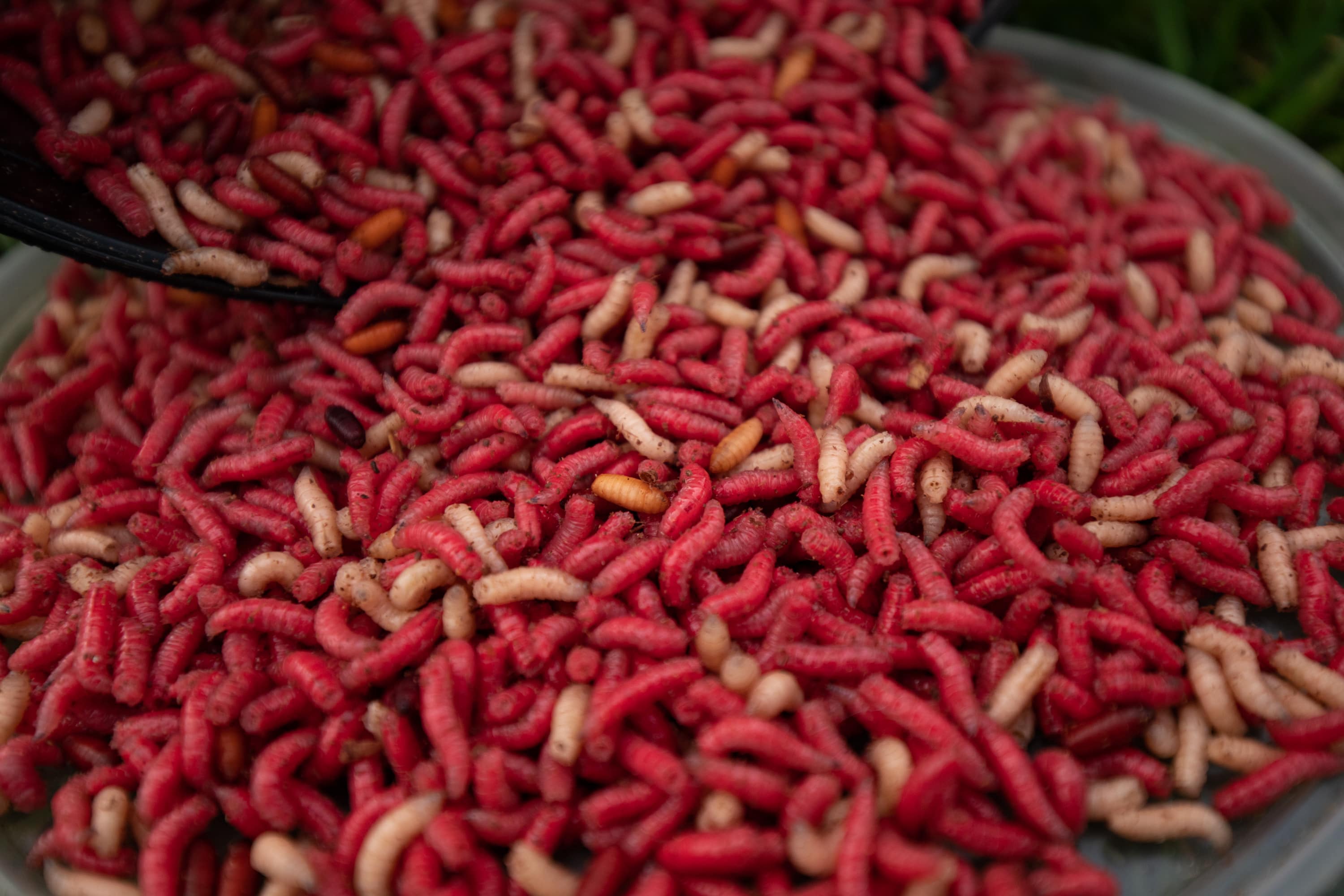

- Red maggots work wonders for specimen carp fishing. Red maggots are known for their high visibility in murky waters, making them an excellent choice for cloudy days or in densely vegetated waters. They mimic the appearance of bloodworms, a natural food source for many fish.
- Bronze maggots can excel in river environments. Their subtle, natural colouration can be less intimidating to wary fish, making them ideal for overfished areas or when targeting more cautious species.
Don't limit yourself—keep a variety of colours on hand and see what works best on the day. Having the flexibility to switch colours based on the fishing environment, weather conditions, and observed fish behaviour can make a significant difference in your angling success.
Exploring the Maggot Feeder Technique
The maggot feeder is an increasingly popular and effective technique for winter fishing, particularly well-suited to the challenges posed by cold water conditions. Its simplicity, combined with a high success rate, makes it a favourite among anglers during the colder months.
In essence, a maggot feeder is a small, perforated container that holds maggots, allowing their scent and natural attractants to disperse into the water, drawing fish to the bait.
This method is especially effective in winter when fish are less active and need a stronger incentive to feed. The slow release of maggots from the feeder creates a concentrated area of interest, encouraging fish to gather and feed in a specific spot.
Anglers can enhance this technique by using maggot balls, especially for longer-range casting. By compacting maggots into a dense ball around the feeder, you can cast further and more accurately, ensuring your bait reaches the desired spot, even in challenging conditions. This approach also helps to keep the maggots concentrated around your hook, increasing the likelihood of a catch.
The maggot feeder method is a testament to the effectiveness of simple, well-thought-out techniques in fishing. Its ability to attract fish in the sluggish winter waters makes it an essential strategy for any angler looking to boost their cold-weather fishing success.
Avoiding Nuisance Fish
Nuisance fish can be a significant problem in some fishing venues, often interfering with targeting specific species, especially in winter. These unwanted species can deplete your bait supply quickly and disrupt your fishing strategy. However, with the right approach, you can minimise their impact.
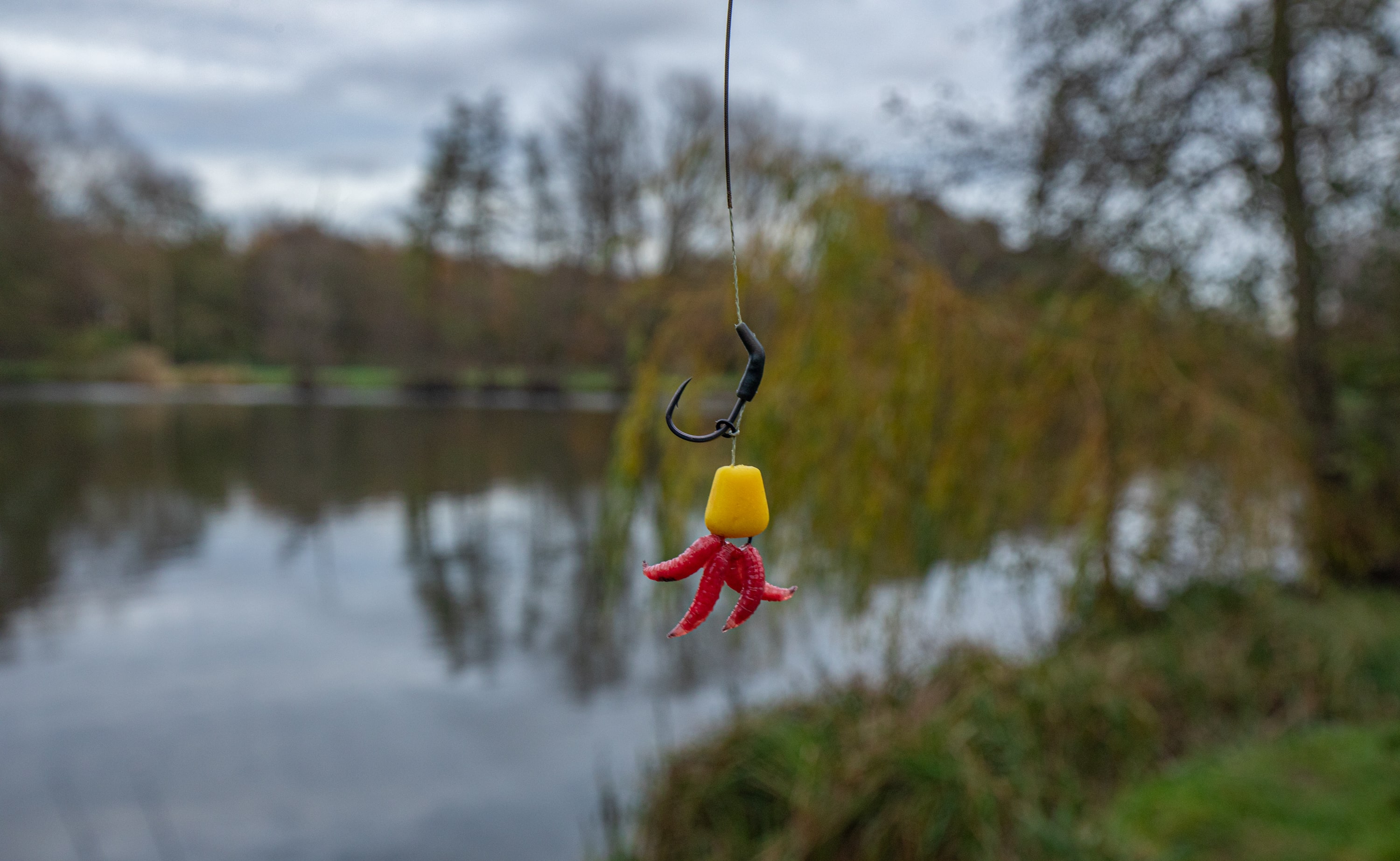

- When selecting fishing spots, it's crucial to consider the likelihood of encountering nuisance fish.
- Researching the venue and understanding the types of fish that inhabit the waters can be incredibly helpful.
- Look for areas known to hold the target species and avoid spots where nuisance fish are commonly reported.
- Consider fishing in deeper waters if possible, as many nuisance species prefer shallower, warmer areas.
- Strategic baiting is another effective method to minimize disturbances from nuisance fish.
- Using larger baits that are less appealing to smaller, unwanted fish can help.
Employing methods like using a maggot feeder, as mentioned earlier, can concentrate your bait in a specific area, reducing the chances of attracting nuisance fish.
Tailoring your bait and technique to the specific behaviour and preferences of your target species can significantly reduce interference from other fish.
By carefully selecting your fishing spot and adapting your baiting strategy, you can effectively reduce the impact of nuisance fish and enjoy a more productive winter fishing experience.
Tying the Perfect Maggot Rig
A well-constructed maggot rig is essential for effective carp fishing, particularly for maintaining bait presentation amidst nuisance species. Key elements of the perfect maggot rig include high visibility to stand out in various water conditions, a variety of colours to appeal to carp's varying preferences, and the inclusion of an imitation bait.
The imitation bait not only enhances the rig's overall attractiveness but also provides durability against unwanted fish, ensuring that the rig remains enticing to carp for longer periods.
This combination of visibility, colour variation, and resilient bait design is crucial in optimising the rig for successful carp fishing.
The benefits of using maggots in winter carp fishing are clear: they are highly attractive to carp, adaptable to various conditions, and can be enhanced in multiple ways to increase catch rates.
Moreover, the significance of a well-constructed maggot rig and incorporating high visibility, colour variation, and imitation bait is to maintain the presentation and deter unwanted species.
Anglers are encouraged to apply these tips and techniques to enhance their winter fishing experiences, making the most of the unique challenges and rewards this season offers.
FAQs on Fishing Maggots
Can You Fish for Carp with Maggots?
You can fish for carp using maggots. Red maggots are highly effective as bait due to their movement and protein content, making them attractive to carp, especially in winter.
What Do Fishing Shops Put on Maggots?
Fishing shops often coat maggots with substances like maize flour or sawdust to keep them dry and lively. They may also use special scents or attractants to enhance the maggots' appeal to fish.
Can You Get Maggots in Winter?
Maggots are available in winter. They are bred and stored in controlled environments by bait suppliers such as Angling Direct, making them accessible for anglers year-round. Just pop into your local Angling Direct store with your fishing bait box.
Do Fishing Maggots Turn into Flies?
If left for a long enough period in warm conditions, fishing maggots can turn into flies. This is a natural part of their life cycle. However, in a fishing context, they are typically used before this transformation occurs.
Do Fake Maggots Work for Fishing?
Fake maggots can work for fishing. They are often used as a durable and reusable alternative to live maggots and can be effective, especially when combined with real maggots or scents.

